What is Gorilla Glass? Know the Differences Between Generations
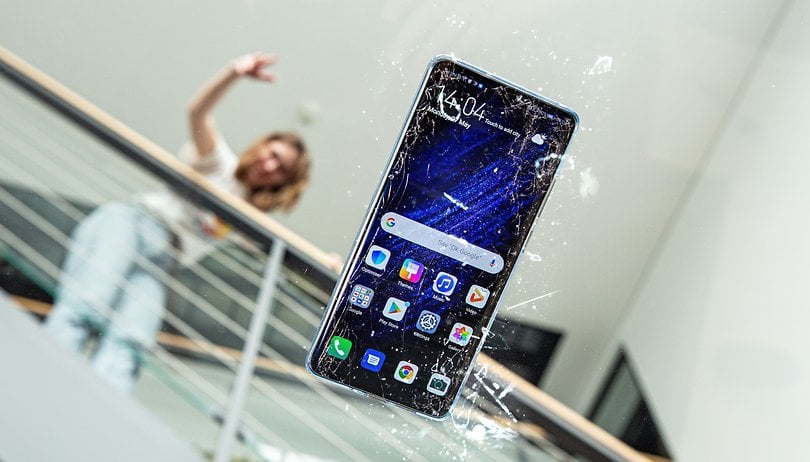

Read in other languages:
I’m sure you’ve heard of the term Gorilla Glass quite often. But have you ever wondered what it really is? nexpit explains the history of Gorilla Glass since it first arrived on smartphones in the mid-2000s all the way to the latest version called Gorilla Armor.
Initially, what you need to know is that Gorilla Glass is a brand of toughened glass developed by a company called Corning Inc. Corning makes other glass types for sectors other than smartphones, wearables, and handhelds. Those products are, however, not sold under the Gorilla Glass brand name.
What is Gorilla Glass?
Developed by Corning Inc., Gorilla Glass is a glass made from a material called alkali-aluminosilicate, which is formed by bonding aluminum, silicon, and oxygen together. Corning started developing Gorilla Glass technology starting in mid-2005. It was designed to make smartphones and handheld devices resistant to damage and scratches while also being lightweight and thin.
However, Gorilla Glass wasn’t the first advancement Corning made in this sector. The company was formerly known as Chemcor, and they had been in the business of manufacturing resistant glasses that were used on household items, ophthalmic devices, cars, aerospace, and pharmaceutical applications. Ironic, considering Corning is now mostly known for its glass on smartphones.
Although phones with Corning Gorilla Glass are less susceptible to scratches and breakages, remember that the technology does not make your phone (or tablet) unbreakable. As mentioned above, think of Gorilla Glass as a technology that aids in increasing the durability of your smartphone screen over long periods of use and rescues it from accidental drops.
In the sections below, we talk about the different versions of Gorilla Glass, starting from the very first variant that was released in 2006-2007 alongside the first-generation iPhone to Gorilla Armor which was released with Galaxy S24 Ultra in 2024.
Differences between Gorilla Glass versions
Gorilla Glass 1
The first Gorilla Glass was ready between 2005 and 2006, but its big debut really came with the iPhone. Apple released its device to the world in 2007, and, at the company’s request, the technology on its display was 1.5 mm thick and had an oleophobic coating, which minimized fingerprints and smudges.
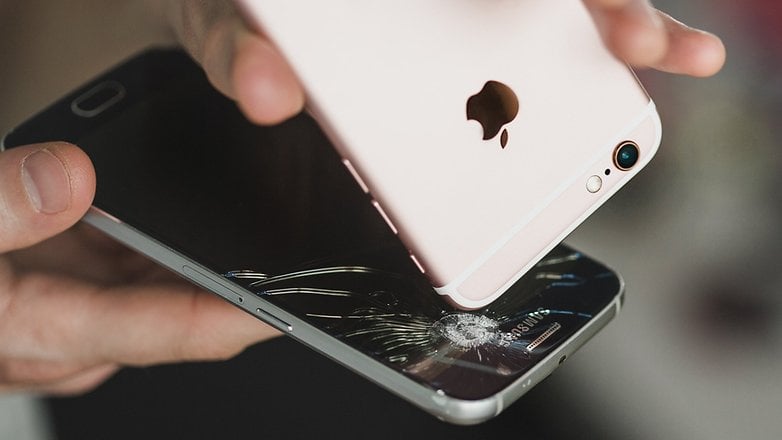
The iPhone wasn’t the only smartphone to have Gorilla Glass on its display, though. Corning was able to get its tech onto about 250 devices in just the first generation.
Gorilla Glass 2
In 2012, Corning released Gorilla Glass 2 at CES. The glass was just as resistant, but its main update was its thickness. The second generation was 20% thinner than the first model. In lab tests, it could withstand up to 50 kg of pressure without cracking or breaking.
In that same year, Gorilla Glass was shipped on 600 million devices. Since this version was thinner than the first, it let manufacturers develop lighter and thinner models of their phones. Both the Nexus 4 and the Galaxy S3 came equipped with Gorilla Glass 2.
Gorilla Glass 3
Gorilla Glass 3 glass brought even more resistance with it, unlike the previous version which was more focused on thickness. This is also the generation that introduced Native Damage Resistance (NDR) technology, which allowed the glass to handle even deeper scratches. According to Corning, the third generation prevented up to 35% of the scratches on the display.
To commemorate the third version of their tech, Corning planned on increasing the resistance of its Gorilla Glass three-fold compared to older versions. They could do this thanks to a new manufacturing process. GG version 3 was released at the CES 2013, and it came on models like the Galaxy S4, the Moto G, and the Moto X.
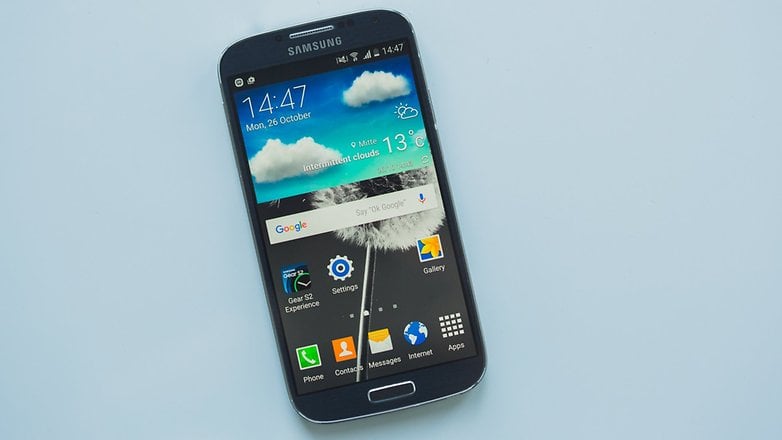
Gorilla Glass 4
In 2014, Corning presented its Gorilla Glass with a bold new objective. Through one of its surveys, the company found out that 70% of cell phone screen damage was due to drops, and so it began investing in reinforcing its glass. Gorilla Glass 4 was developed focused on the idea of being resistant to drops.
In fact, according to lab studies, the fourth version of Gorilla Glass was twice as strong as its predecessor. The Galaxy Note 5 and ZenFone 2 Laser are a few models that came with Gorilla Glass 4.
Gorilla Glass 5
The fifth generation of Gorilla Glass—aptly named Gorilla Glass 5—was released in 2016. It focused on providing even more resistance to drops, and delivered four times the strength as the previous version. Corning also revealed that in lab tests, Gorilla Glass 5 managed to survive drops of from up to 1.6 meters.
Gorilla Glass 5 also claimed that it was less susceptible to cracks even if the phone was dropped on extremely hard surfaces. Gorilla Glass 5 was used on products like the Samsung Galaxy Note 20 and the Moto G 5G.
It was also in 2016 that Corning announced its first-ever product for wearables, Known as Gorilla Glass SR+.
Gorilla Glass 6
Launched in July 2018, Gorilla Glass 6 was a real step up from the fifth generation. At the launch, Corning revealed that it had subjected the new variant to rigorous new testing methods. The result? Gorilla Glass 6 claimed to be strong enough to withstand 15 consecutive drops onto hard surfaces (from a height of 1 meter). It was rated to be twice as strong as Gorilla Glass 5 and is still fairly common on smartphones used in 2021.
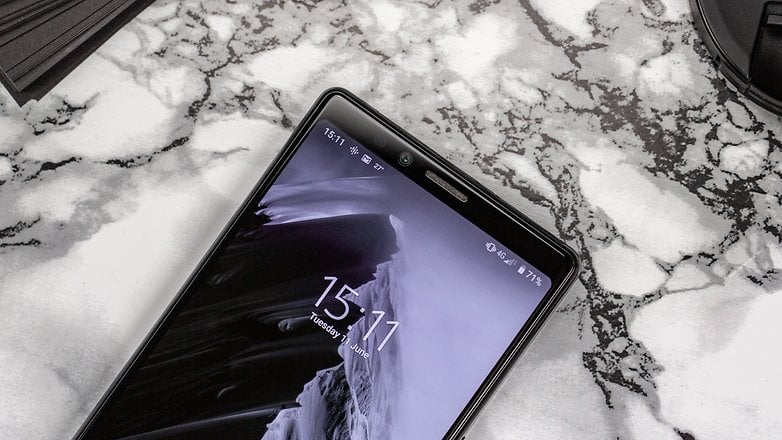
Gorilla Glass DX/ DX+
In 2018, alongside Gorilla Glass 6, Corning also announced the launch of Gorilla Glass DX and DX+. Both these products were intended to be used on smartwatches and fitness trackers. Along with scratch resistance and durability, another factor that Corning focused on with Gorilla Glass DX was superior outdoor visibility.
These new glasses boast an anti-reflective property which, according to Corning, offers better visibility while also improving scratch resistance.
Gorilla Glass Victus

In July 2020, Corning announced the launch of its latest iteration of Gorilla Glass for smartphones, tablets, laptops, and wearables when it launched Gorilla Glass Victus. With this product, Corning also seems to have abandoned the numbering scheme that we have been so used to over the years.
According to Corning, lab tests have shown that Gorilla Glass Victus offers drop protection from a height of 2 meters (as opposed to 1 meter on Gorilla Glass 6.) It is also two times more scratch-resistant than its predecessor and offers 4 times more scratch-resistance than competing technologies from other brands.
Gorilla Glass Victus 2
Succeeding the Gorilla Glass Victus is the Victus 2 which debuted in early 2023 on the Samsung Galaxy S23 range. The main improvement of second-generation Gorilla Glass Victus is drops against rougher surfaces. These type of surfaces like concrete and asphalt have sharp and jagged rocks and sand exposed that could prove more fatal than flat floors.
According to Corning, the Gorilla Glass Victus 2 should survive a one-meter drop to a concrete floor without cracking compared to other aluminosilicate glasses that are only rated for 0.5 meters.
Gorilla Armor
The latest Gorilla Armor was introduced with Samsung's Galaxy S24 Ultra (review) back in January 2024. The glass offers a comparable toughness to the Gorilla Glass Victus 2, but it does use a new material that reduces the reflection on the glass by 75 percent. This change results in significantly increased legibility on the device.
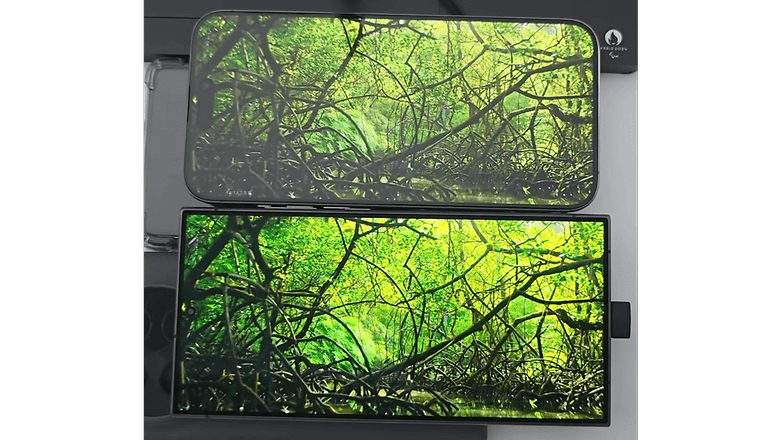
Gorilla Glass 7i
Unlike the Gorilla Glass Victus 2, the new Gorilla Glass 7i which also came on the scene in 2024, is that it is made in lithium aluminosilicate glasses. It is cheaper to manufacture than pure aluminosilicate glasses.
The new panel is designed to be incorporated into budget to mid-range smartphones but still offers impressive ruggedness and protection. Accordingly, it is more scratch-resistant than the Gorilla Glass 6 and can survive a one-meter drop to an asphalt floor.
Does my phone have Gorilla Glass?
Most manufacturers do mention the type of Gorilla Glass being used in the detailed specifications, and a quick look at the specs should reveal all the details you need. However, there are some others who do not clearly mention the type of Gorilla Glass used.
In such a scenario, you might need to do a bit of digging around if you are really keen to know what variant of Gorilla Glass your phone has. While not exhaustive, Corning does maintain a list of products that uses Gorilla Glass. Take a look at it here.
It is also pertinent to note that Corning is not the only company that is in the business of making toughened, scratch-resistant glass for smartphones. Corning's key competition in this segment is Asahi (which was renamed AGC recently). This company makes its brand of scratch-resistant glass under the 'Dragontrail' brand name.
So, have you managed to find out which version of Gorilla Glass your smartphone uses?
This article was last updated in June 2024 with newer generations. Older comments have been retained.



















